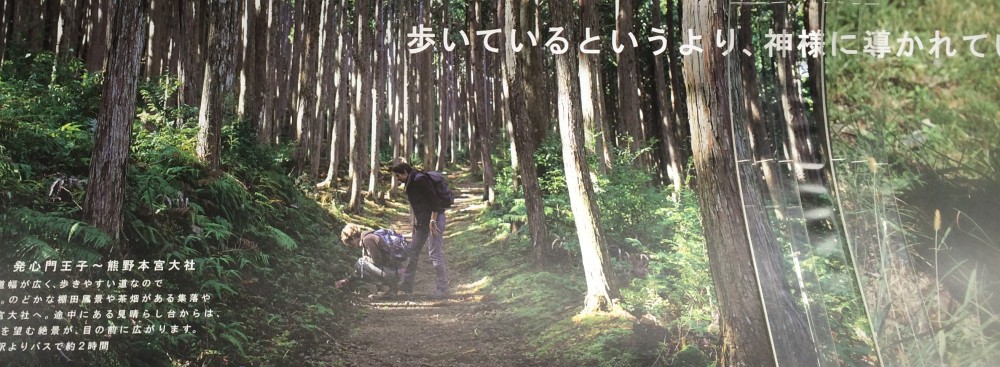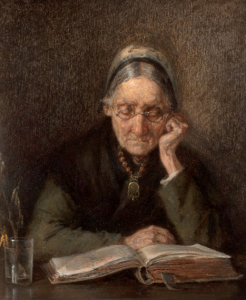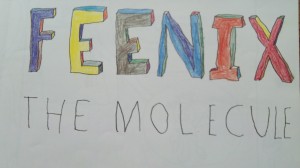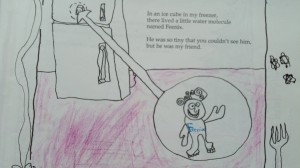If a student in the modern classroom asks a brilliant question related to the topic being studied, do they receive credit for positing that question?

From: uniqueteachingresources.com
Probably not. Most teachers are looking for answers, and they are often looking for the specific answer that they have in mind.
My husband recalls that when he was a boy, when he got home from school, his father would not ask, “What did you learn in school today?†Instead he would ask, “Did you ask any good questions?†I guess he was ahead of his time.
The authors of “A New Culture of Learning,â€Â Douglas Thomas and John Seely, feel that the current state of education has it backwards. They believe that questions should carry more weight than answers. “We feel the leaders of the 21st century are going to be the ones who can ask the best questions and drive things forward. The kinds of questions we are talking about lead to outcomes and those also provide a kind of verification as to whether the questions are good ones or not.†(from Forbes.com)

endofnatalie.blogspot.jp
True learning comes out of an intense motivation to discover something or to unravel a problem. If there is no burning question or problem to begin with, then motivation can be lukewarm at best. Many of the new teaching methods build on the motivation kindled by starting with the problem, the challenge of a game or beginning the class with the homework or lab instead of the lecture.
I know from experience that my students are more engaged with a lesson when I announce that “today is a test day!†because they know that almost all of my tests involve a game of some kind. I do have the luxury of not having to grade my library students, but they also know that if they perform well during the test, there may be a reward at the end. The students have learned that I reward cooperation more than competition. In fact, during the last “test†of whether or not students could find a book from a specific subject area in the Dewey-organized shelves, I saw students on opposing teams helping each other out on several occasions. The whole class got gummy bears for being so “flexible†and sweet to each other.
Teachers are increasingly looking at games as a way to engage and motivate their learners. I favor active, interactive games during library class, but I can see the value of also occasionally using video game-type activities to motivate students to learn. The “games†that many teachers are talking about seem to be video-centric with each person meeting challenges presented by the computer software as it detects their level. The computer moves each user into their ZPD, their zone of proximal development. “With the best games, the player is challenged at exactly the right level and in the right way to keep the player playing. Maybe the question we need to ask is what about games causes youth to engage that our traditional approach to education lacks,†says Brian Alspach, Executive Vice President of E-Line Media, an educational games publisher well known for their game Gamestar Mechanic.â€
Users, however, do not usually have to collaborate with users not in their ability range, nor do they have to negotiate many of the social and interactive aspects of playing a face-to-face board game. The importance of providing opportunities for collaboration in the classroom cannot be stressed enough. Students can always play educational video games in the isolation of their homes, but the community provided by a classroom should always be used to its fullest potential.
This is why I think the “Flipped Classroomâ€Â holds so much promise, especially for certain subject areas that require a basic knowledge of key concepts before problems and experiments can be tackled. I know that my own 9th grader would greatly benefit from flipped math and science classrooms. The lecture portion of a class often goes too quickly for her to retain all of the important points, and there is no replay function. The classroom setting is full of distractions and so the teacher does not always receive the full attention needed in order to grasp the complex explanations. Many students do much better in class when they are able to watch the lecture at home and then arrive at class full of questions, ready to do their homework in the presence of collaborating fellow students and a teacher who is now freed from having to lecture from the front of the room for the entire hour. Instead the teacher can circulate helping students one-on-one and in small groups with the important questions that are now being asked.
There is somewhat of a problem applying the flipped model to my library classes, however, as library time is less of a lecture and more of a real-time interaction with story reactions and connections. During the read alouds and content lessons, there are many ad-libbing opportunities with puppets, and a constant adjustment of reading style and material to the audience present. Library time is, in part, performance and play. Some lessons can use the flipped model (for example, research skills) but others must maintain their life and liveliness.
Bringing the essential nature of play back into the classroom is a great idea. In some classrooms, of course, play never left in the first place, but in others, the spark and motivation that should always accompany learning needs to be re-introduced. Although every student needs to mature throughout the school years, too often the valuable components of the child spirit are squeezed out before a student emerges into the adult work world, just when they need the ability to be flexible, to create and to imagine.
The director of the current M.I.T. Media Lab explains, “In this new world, not only must we behave more like children, we also must teach the next generation to retain those attributes that will allow them to be world-changing, innovative adults who will help us reinvent the future.” – Joichi Ito
So here is a question for you… How can we ensure that students do not lose the best part of their childlike approach to the world while making sure that they are mature enough to meet all of its challenges? Although the word, “neoteny” usually refers to the retention of childlike physical characteristics, we seem to need a retention of some childlike mental attributes into adulthood, such as idealism, experimentation and wonder. Perhaps I’ve found a working name for my new school: The Neoteny Academy.
 The student reactions posted in the classroom blog are priceless:
The student reactions posted in the classroom blog are priceless: When all is said and done, a writer of literature is not producing for the reviewers or publishers, we are producing our craft for the children. A buzz from the tiniest of bees is always sweeter than the sweetest honey to the soul.
When all is said and done, a writer of literature is not producing for the reviewers or publishers, we are producing our craft for the children. A buzz from the tiniest of bees is always sweeter than the sweetest honey to the soul.








![Make the right connection... Cables [Image: Andres Rueda under CC-BY-ND licence]](http://ruth.ingulsrud.net/blog/wp-content/uploads/2012/11/cables_catland1-300x154.jpg)
























